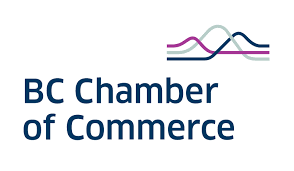COLUMN: From the Hill - The High Cost of Getting a University Education
On May 5th, the Parliamentary Budget Officer released a report titled, Federal Spending on Postsecondary Education. One of its findings was that Canadian college and university students come from disproportionately wealthy families—about 60% of students are from families in the top 40% of income. That’s perhaps not surprising, but a related find was: the federal government programs designed to provide financial help for students disproportionately help those same wealthy students, and new measures outlined in this year’s budget won’t significantly change this.
I asked the Minister of Finance about this in Question Period last May, and last week posed the same question to his Parliamentary Secretary in adjournment proceedings—a forum where MPs can ask the government for a better and more detailed answer to a Question Period topic.
Twenty years ago, government funding for postsecondary education accounted for 77 percent of university and college operating expenses. But, after years of the federal government downloading costs onto the provincial governments, that funding now covers less than half of those costs. And universities and colleges have been forced to download those costs onto students; over the same time period, tuition fees have risen by more than 137 percent.
So students are shouldering an increasing portion of the load when it comes to funding postsecondary education, and more and more students are shouldering that load with crushing personal debt. The average student debt at graduation is now about $28,000.
In this year’s budget, the government did provide some additional help for students—an extra $1000 for lower income students eligible for grants was one of the main changes. Unfortunately, an extra $1000 doesn’t go very far when it costs $15000 or $20000 to attend university or college for a single year. Another change dealt with the minimum annual income graduates need to have before they are required to pay off student loans, boosted in this year’s budget from $20,000 to $25,000. Again, while this is a welcome change for lower income graduates, having to start paying off a considerable debt—often $40,000 or more—when you’re only making $25,000 per year is still a big challenge at the start of your career.
I think we have to look at the structural cause of this problem—the declining proportion of government funding to universities and colleges. While the federal government provides general funding to the provinces in the form of a Social Transfer, postsecondary funding is not provided as a dedicated item—provinces are free to spend that Social Transfer more or less however they choose. One of the ways for the federal government to attack this problem would be to work with the provinces to create a funding stream dedicated to postsecondary education as is done for health care.
We all know how important a higher education is in today’s world. Students certainly know this and are willing to mortgage their lives if need be to get postsecondary education. They say that education is the great equalizer. But it’s getting tougher in Canada to get an education.

























